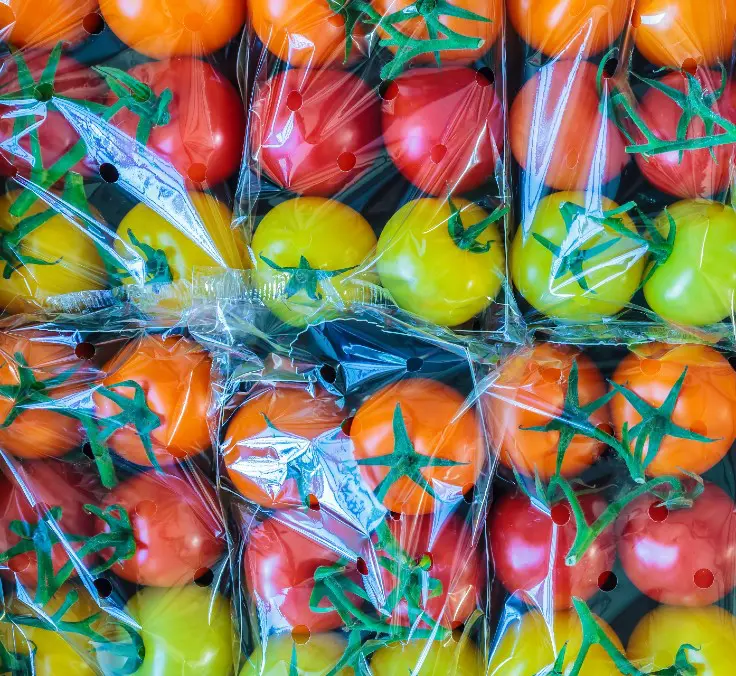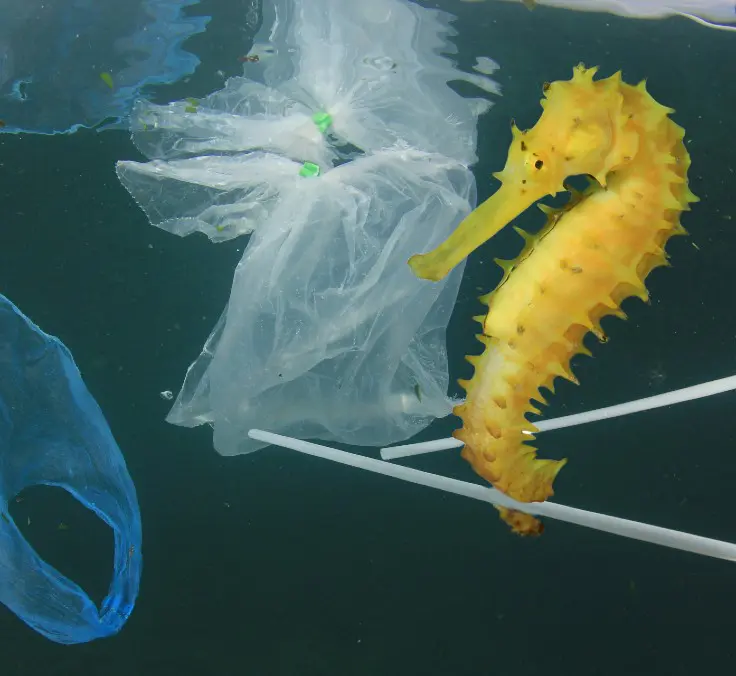SUSTAINABILITY| 30.08.2023
The “plastic tax” and how it benefits everyone
Every year we produce nearly 9 million metric tons of plastic waste, and every minute the equivalent of one truckload of plastic waste is dumped into our oceans.
According to UNEP, the United Nations Environmental organization, of the 9.2 billion tons of plastic produced between 1950 and 2017, about 7 billion tons became plastic waste that ended up in landfills or was dumped into the sea.
Why do we produce so much plastic?
It is a material that, a priori, is very low-cost, and it is so durable and easy to handle that it has become ubiquitous in our daily lives, an apparently ideal solution for a wide array of uses.
We produce more than 430 million tons of plastic per year. But the biggest problem is that two-thirds of that amount is for disposable products that quickly become waste: bottles, food trays, packaging films and tapes, rings, etc. 36% of plastic production goes into containers or packaging.
What are the effects of plastic pollution?
This pollution affects seas, forests, and biodiversity, as well as affecting us, our health, and our capacity to produce food and ensure our well-being.
Plastics release methane and other gases harmful to the ecosystem as they degrade, and in landfill areas, leaks eventually damage soil and groundwater. In the oceans and seas, microplastics are a critical threat to biodiversity, as is larger debris, such as discarded fishing nets and rings used in packaging, which become death traps for many animals.
But not only because of the product that becomes waste, but because plastic production is so resource-demanding that it impacts the climate change crisis: use of crude oil and other fossil fuels, polluting emissions from the manufacturing process, etc.
Where did the regulation to mitigate plastic pollution come from?
In 2022, the UN passed a resolution that took the first step towards international regulation on the production and use of plastics, taking into account their entire life cycle which, as we have seen, causes pollution from production to disposal.
In Spain, and in line with this initiative, a new “Law on waste and contaminated soils for a circular economy” came into force on January 1, 2023. It applies to non-reusable packaging, with the aim of protecting the environment by promoting actions that lead to using less single-use plastics and boosting the circular economy.
What measures are involved in the so-called “plastic tax” and what it aims to achieve
The new regulation levies a tax on companies of 45 cents per kilogram of non-reusable plastic used in the manufacture of their products, not including recycled plastic, which is excluded from this calculation. This shall be audited and certified by independent and accredited entities to ensure compliance.
The aim is to promote the circular economy: the use of packaging designed to be used for the same purpose several times throughout its life cycle and a reduction in the production of plastics that end up in landfills after an extremely short useful life. Promoting recycling, the circular economy, and thus environmental protection are the key objectives of this new regulation.
Companies that do not take steps in favor of this new reality will face a new tax burden that may significantly increase their production costs.
Some food and beverage companies have started using reusable glass containers instead of plastic. Others have invested in innovative recycling technologies to reduce the amount of non-reusable plastic they produce. In addition, some companies have improved their brand image and attracted more environmentally conscious consumers by actively communicating their efforts to reduce their use of plastics.
As for the end consumer, the new regulation has few implications, since the tax will be paid by producers and importers. But they will see a reduction in the availability of cups, cutlery, swabs, and other single-use items, or a possible price increase if companies decide to pass on the costs to the final retail price.
MAPFRE’s Plastic-Free commitment
At MAPFRE we are committed to minimizing waste generation (paper, plastic, cardboard, and electronic equipment, among others) throughout the Group. Among other initiatives, we carry out the “MAPFRE Plastic-Free” project, which, since 2019, has prevented the annual consumption of 1.5 million plastic bottles and more than 2 million single-use cups in countries such as Spain and Puerto Rico.
In 2022, MAPFRE recovered and recycled more than 3,000 tons of waste, which is 93% of the group’s total waste. Among its main milestones, it also prevented the consumption of 191 tons of paper; it reused 77% of all IT equipment waste in Spain; and it recycled 289 tons of waste in several buildings in Madrid, which represents nearly 100% of the waste generated by the company at its corporate headquarters in Spain. This achievement was made possible by the Zero Waste project, a certificate granted by AENOR and won by MAPFRE for the second year in a row. It is granted to companies that classify the waste they generate so that it can be reused or recycled and does not end up in a landfill.
RELATED ARTICLES:




